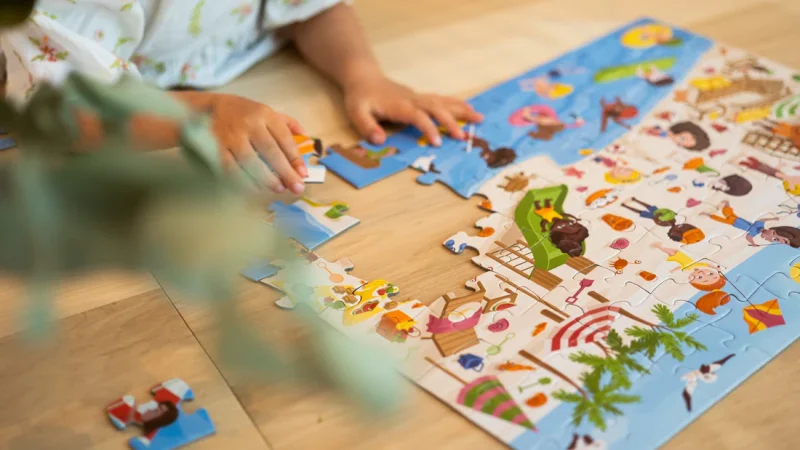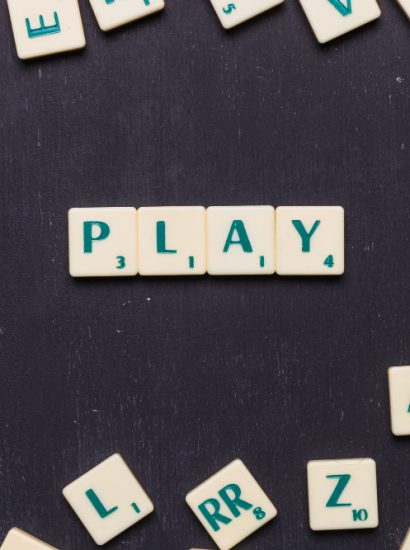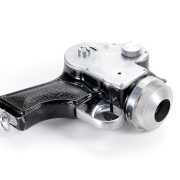Learning human anatomy can feel overwhelming, especially when studying complex systems like the nervous system. With billions of neurons, intricate brain structures, and branching spinal nerves, it’s one of the most fascinating yet challenging areas of biology.
That’s where a nervous system puzzle comes in. These hands-on learning tools break down the complexity into interactive, visual pieces, making it easier to understand how the nervous system works. Whether you’re a student, teacher, or health professional, nervous system puzzles are excellent for education, engagement, and memory retention.
This article will explore what nervous system puzzles are, their benefits, types available, and how to choose the best one for your needs.
What Is a Nervous System Puzzle?
A nervous system puzzle is an educational puzzle designed to represent the human nervous system in a simplified, interactive format. It may include:
- Brain structures (cerebrum, cerebellum, brainstem).
- Spinal cord and nerves branching throughout the body.
- Neural pathways illustrated in a visual diagram.
These puzzles are often made of durable cardboard, foam, or wood and can range from 2D floor puzzles to 3D anatomical models with detachable pieces.
Why Learn the Nervous System with a Puzzle?
The nervous system is central to everything we do—from breathing and moving to thinking and feeling. However, its complexity makes it hard to study with textbooks alone. Puzzles offer:
- Interactive Learning – Instead of memorizing diagrams, learners actively engage by fitting pieces together.
- Better Memory Retention – Hands-on learning improves recall compared to passive reading.
- Visual-Spatial Understanding – Helps students visualize how parts of the nervous system connect.
- Fun and Engagement – Turns difficult subjects into enjoyable activities.
- Adaptability – Useful for all ages, from elementary students to medical trainees.
Types of Nervous System Puzzles
2D Jigsaw Puzzles
- Flat puzzles with printed diagrams of the nervous system.
- Ideal for classrooms and younger students.
- Typically 50–200 pieces.
3D Anatomical Puzzles
- Realistic models of the human body with detachable nervous system parts.
- Great for high school, college, and medical students.
Magnetic Puzzles and Charts
- Magnetic pieces for interactive classroom activities.
- Easy to use on whiteboards.
Digital/Online Nervous System Puzzles
- Interactive online tools and apps.
- Popular for distance learning and self-study.
Foam Floor Puzzles for Kids
- Large, colorful puzzles designed for elementary learning.
- Combine play with education.
Educational Benefits of a Nervous System Puzzle
For Students
- Simplifies complex anatomy into manageable learning.
- Encourages active participation.
- Prepares students for quizzes, exams, and practical labs.
For Teachers
- Makes lessons interactive.
- Reinforces visual learning in biology and anatomy classes.
- Can be used in group activities.
For Medical Professionals
- Aids in patient education by visually explaining conditions.
- Useful for demonstrations in clinics and therapy settings.
How to Use a Nervous System Puzzle for Learning
- Start with Major Structures
Focus on big-picture components: brain, spinal cord, peripheral nerves. - Break It Down
Move from larger regions to smaller details (lobes of the brain, nerve clusters). - Repeat for Reinforcement
Regular puzzle completion helps commit information to memory. - Pair with Textbooks
Use puzzles as a supplement to written lessons, not a replacement. - Collaborate in Groups
Teachers can assign team puzzle-building exercises to encourage collaboration.
Buying Guide: Choosing the Right Nervous System Puzzle
When buying a nervous system puzzle, consider:
- Age Level: Kids need colorful, simple designs; medical students need detailed models.
- Puzzle Type: 2D for general education; 3D for in-depth anatomy.
- Material Quality: Foam and wood for durability; cardboard for affordability.
- Piece Count: Beginners may prefer 50–100 pieces; advanced learners may prefer 200+.
- Educational Accuracy: Ensure it follows accurate human anatomy diagrams.
Best Uses of Nervous System Puzzles
- Classroom Activities
Teachers can use puzzles as interactive lessons. - Homeschooling
Parents teaching biology at home find puzzles effective for engagement. - Medical Training
Nursing and medical schools use anatomical puzzles for hands-on practice. - Therapy and Rehabilitation
Occupational therapists may use puzzles to rebuild cognitive and motor skills. - Gift for Science Enthusiasts
Great for students who love STEM or plan careers in medicine.
Comparison: Nervous System Puzzles vs. Traditional Learning
| Learning Tool | Engagement | Memory Retention | Age Suitability | Cost |
| Textbooks | Low | Moderate | Middle school+ | $$ |
| Flashcards | Moderate | Moderate | All ages | $ |
| Puzzles | High | High | All ages | $$ |
| 3D Models | Very High | Very High | High school+ | $$$ |
This shows how puzzles strike a balance between affordability and engagement.
The Science Behind Puzzle Learning
Cognitive research supports puzzles as a strong learning tool:
- Kinesthetic Learning: Engages touch and movement.
- Dual Coding Theory: Combining visuals and words enhances retention.
- Problem-Solving Skills: Puzzles develop critical thinking.
For complex systems like the nervous system, these benefits are especially valuable.
Top Tips for Maximizing Learning with Nervous System Puzzles
- Combine With Quizzes – After completing a puzzle, test knowledge.
- Label Pieces – Write names of nerves or brain parts on the back.
- Time Challenges – Turn puzzle-building into a timed activity for fun.
- Use Color Coding – Different colors for sensory vs. motor nerves.
- Display Completed Puzzles – Reinforce memory by keeping puzzles visible.
Where to Buy Nervous System Puzzles
- Educational Supply Stores (Lakeshore, Learning Resources).
- Medical Supply Retailers (AnatomyTools, 3B Scientific).
- Online Marketplaces (Amazon, Etsy, eBay).
- Apps & Digital Stores (Google Play, Apple App Store for digital puzzles).
Price ranges:
- Kids’ puzzles: $15–$30.
- 2D classroom puzzles: $20–$50.
- 3D anatomical puzzles: $80–$200+.
Future of Educational Puzzles
- AR and VR Puzzles – Augmented reality apps that let students explore the nervous system in 3D.
- Gamified Learning – Points and badges for completing puzzles.
- Sustainable Materials – Eco-friendly wooden or recycled puzzles.
Conclusion
A nervous system puzzle is more than just a fun game—it’s a powerful educational tool. By turning complex anatomy into interactive learning, puzzles help students, teachers, and medical professionals visualize, engage, and retain knowledge of one of the most intricate systems in the human body.
Whether you choose a 2D jigsaw, a 3D anatomical model, or a digital version, investing in a nervous system puzzle is a smart way to make learning biology both effective and enjoyable.
FAQs
1. What age group are nervous system puzzles suitable for?
They are available for all ages—simple floor puzzles for kids, detailed 3D models for advanced students.
2. Are nervous system puzzles accurate for medical study?
High-quality puzzles from medical suppliers are anatomically accurate and great for supplementary learning.
3. Can digital puzzles teach the nervous system effectively?
Yes. Interactive apps are especially effective for distance learning and revision.
4. How do nervous system puzzles benefit younger students?
They simplify complex science topics into playful, visual learning activities.
5. Where can I buy a nervous system puzzle?
You can purchase them online (Amazon, educational retailers) or from medical supply stores.
Also read: Contact Forces Bicycle: Understanding the Physics of Cycling









